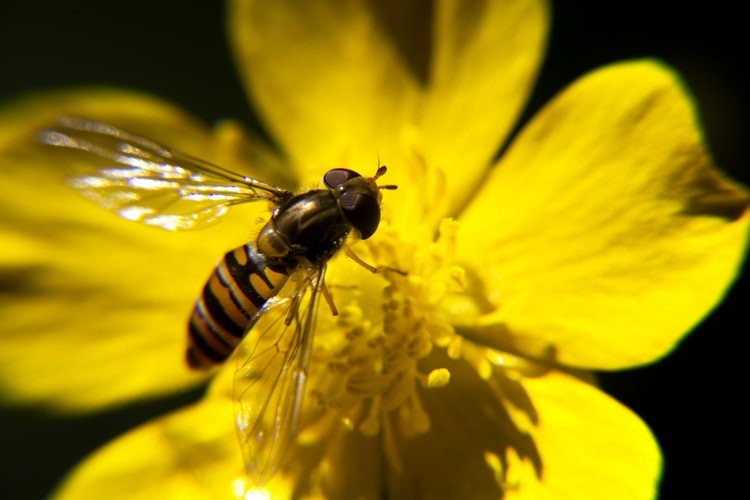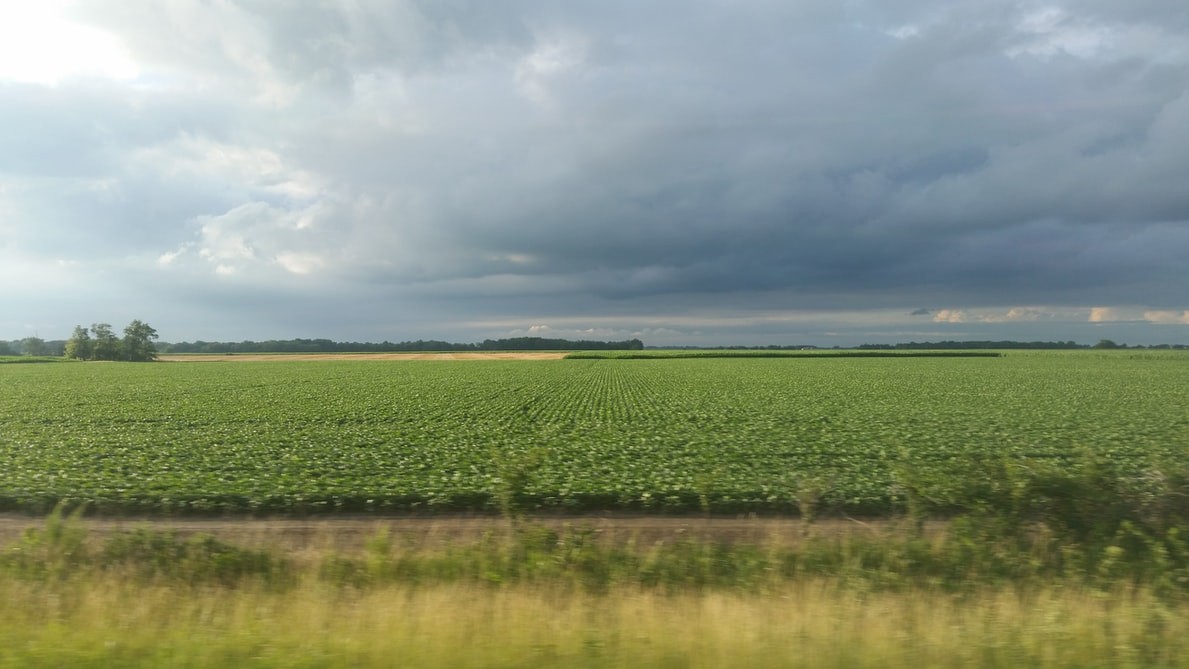2025 Year in Review
In 2025, science, innovation, and collaboration came together to deliver real impact for people and…
 On September 15th the United Nations Convention on Biological Diversity (CBD) unveiled the fifth edition of its Global Biodiversity Outlook, taking stock of the world’s efforts towards conservation and environmental sustainability. And the outlook is not good. The report was partially intended as an appraisal of the international community’s progress towards achieving the Aichi Targets, the set of goals and indicators that have underpinned global efforts to reduce and reverse biodiversity loss for the last ten years, and whose deadline is 2020. If we accept the “report card” analogy used in the official press release, world leaders have earned themselves a solid suite of failing grades.
On September 15th the United Nations Convention on Biological Diversity (CBD) unveiled the fifth edition of its Global Biodiversity Outlook, taking stock of the world’s efforts towards conservation and environmental sustainability. And the outlook is not good. The report was partially intended as an appraisal of the international community’s progress towards achieving the Aichi Targets, the set of goals and indicators that have underpinned global efforts to reduce and reverse biodiversity loss for the last ten years, and whose deadline is 2020. If we accept the “report card” analogy used in the official press release, world leaders have earned themselves a solid suite of failing grades.
Of the twenty Aichi Targets agreed upon in 2010 not one has been met. Six targets are reckoned to have been partially achieved indicating some encouraging outcomes, although far short of the (already modest) ambitions CBD members had set themselves. Current food and agriculture consumption and production patterns go a long way towards explaining why.
Land-use changes related to agricultural expansion and intensification are, at the moment, the largest single driver of biodiversity loss. Improper use of inputs such as pesticides and fertilizers, inefficient use of land and water, greenhouse gas emissions, and provision of subsidies that produce perverse incentives all contribute to the unravelling of dwindling ecosystems. At the same time, the food and nutrition outcomes this expansion generates are far from ideal, with three quarters of a billion people facing severe food insecurity and many more malnourished, all while nearly a third of all food produced is never consumed due to loss and waste.
That is why, as part of a set of eight transitions the report identifies as ways out of the current environmental shambles, it calls for a “sustainable agriculture transition” and a “sustainable food systems transition.” This would entail promotion of integrated pest and diseases management and integrated production systems (such as mixed crop and forage systems or integrated aquaculture and farming systems), supporting research and on-farm learning, and strengthening connections between farmers and consumers. At the same time policymakers will need to create demand among consumers for healthy, more sustainable diets, and make sure they have reliable access to them.
 There is some evidence that these transitions are already underway, at least in some contexts. The report estimates that in the period covered by the Aichi Targets some 29% of farms worldwide covering 9% of the world’s agricultural land adopted measures enabling them to practice more sustainable intensification and preserve biodiversity. But these processes will need to be significantly accelerated.
There is some evidence that these transitions are already underway, at least in some contexts. The report estimates that in the period covered by the Aichi Targets some 29% of farms worldwide covering 9% of the world’s agricultural land adopted measures enabling them to practice more sustainable intensification and preserve biodiversity. But these processes will need to be significantly accelerated.
Because despite this evidence prospects are grim. The report estimates that conservation efforts have prevented the extinction of 11-25 species since 2010, while the number at risk of disappearing in the coming decades is reckoned to be in the vicinity of one million. Total finance for biodiversity is estimated at USD 80-90 billion a year, meanwhile USD 500 billion is spent on subsidies causing environmental harm. At current rates and projections the effects on biodiversity of the status quo will be hard to distinguish in the fossil record from collision with a trillion ton impactor. The ways we produce and consume our food desperately need to be revolutionized, as for large swathes of the ecosystems on which we depend “the absence of future has already begun.”